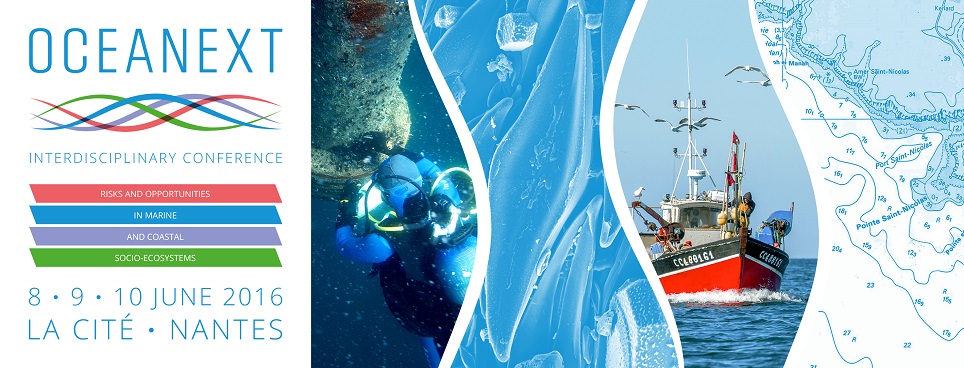Atmospheric carbon dioxide is expected to rise from current levels of 400 µatm to 700-1000 µatm by the end of this century, beyond the levels of the past 800,000 years of glacial-interglacial periods. Additional CO2 into seawater could perturb the physiological processes of marine phytoplankton, including growth, photosynthesis and metabolic re-allocations. In particular, diatoms are biogeochemically important because they contribute up to 40% of the marine primary production and show relatively high carbon sequestration. The goal of this study was to evaluate the impact of the CO2 supply on the marine diatom Phaeodactylum tricornutum using a continuous turbidostat bioreactor. Two different pCO2 levels, 400 µatm (C-) and 1000 µatm (C+) were applied during a transition C+/C-/C+ of 60 days during which physiological (growth, photosynthesis, respiration, pigmentation) and molecular (RNAseq, qPCR) responses were followed. The results showed that growth rate and respiration were enhanced in C+. Parameters of the fluorescence showed that high CO2 supply could improve the efficiency of the photochemical and biochemical phases of photosynthesis as illustrated by the decrease of the non-photochemical quenching (NPQ), suggesting a reduced demand in dissipation of excess of energy. Molecular data indicate that 534 genes are up-regulated while 377 down-regulated in the C- condition. Carbon acquisition is particularly reinforced in C- through the activation of the CO2 concentration mechanism. Also several transcripts coding for proteins involved in cell cycle regulation were highlighted. The quantity of carbon accumulated in cells during the experiment seems to reflect a tendancy to restore the initial equilibrium.

|
Impact of CO2 supply on the orientation of carbon metabolism in the diatom Phaeodactylum tricornutum
1 : Laboratoire Mer, Molécules, Santé
(MMS)
Université du Maine : EA2160
IUML FR-3473 CNRS, Avenue Olivier Messiaen, 72000 LE MANS -
France
2 : Laboratoire de Physiologie et Biotechnologie des Algues
(PBA)
Institut Français de Recherche pour l'Exploitation de la Mer (IFREMER)
Rue de l'Ile d'Yeu, BP 21105 Nantes cedex 3 -
France
3 : Greensea
Greensea
Promenade du sergent Navarro, 34140 Mèze -
France
4 : Key Laboratory of Algal Biology
Institute of Hydrobiology, Chinese Academy of Sciences, Wuhan 430072 -
Chine
|
 PDF version
PDF version
